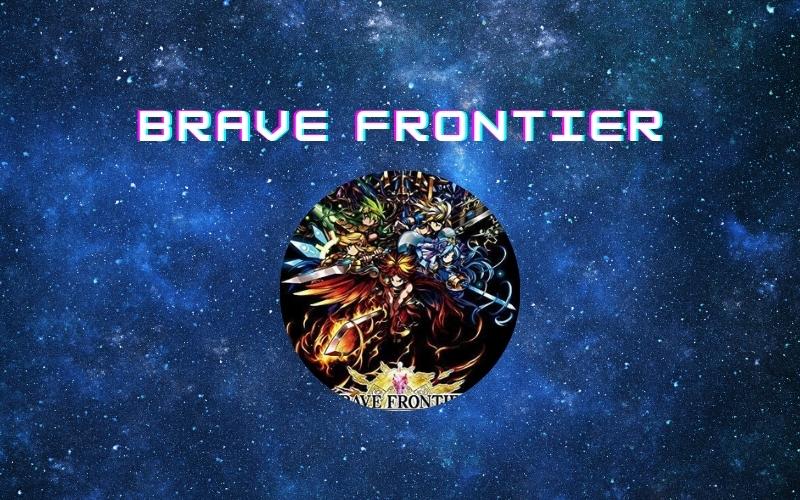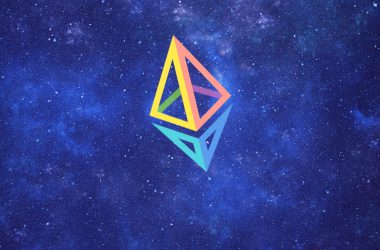Brave Frontier turned into a cult classic after its launch in 2013. The game had two more releases, with Brave Frontier 2 coming in 2018. An even bigger outreach was achieved with the global release of Brave Frontier: The Last Summoner.
Beyond becoming a favorite game in Japan, Asia, and worldwide, Brave Frontier may have planted the seeds for some of the more recent play to earn hits. The game’s lore, pitting Units of various skills and rarity in 11 game modes, also laid the foundations for one of the most widely spread P2E models.
A variation of this game, where players summon their champions and compete against each other, fulfill quests or explore the world, has been used in some form in Axie Infinity, Splinterlands, even Pegaxy, and Crabada. The difference is that all those games have an extra component of in-game earnings secured on the blockchain.
Play to earn games also hinge on the appeal and legendary status of their characters. The biggest advantage is that those characters can be fully owned, in the form of an NFT item. This special token means each player fully controls their character, can resell it for profit or hold it for game perks.
Brave Frontier Tested Out P2E Partnership
Brave Frontier even went a step further – it partnered with one of the earlier P2E games, producing Brave Frontier Heroes. This Ethereum-based app combined an earlier game, My Crypto Heroes, with some of the features of Brave Frontier. Those two games currently invite only a handful of users. But their arrival signaled a bigger trend, where a new type of game emerged and created a notable use case for blockchains.
Brave Frontier, however, is approaching the end of an era. The Japan Only Brave Frontier 2 Rexona services will terminate on April 25, leaving only the game’s international version. The game’s cult status also underlined real enmity existing between traditional gaming communities and P2E. For some, the P2E model cheapens games or creates the wrong incentives.
Those observations are not far from the truth – many P2E games practically strip-mine for rewards, leading to an unsatisfying, nose-to-the-grindstone mindset of playing for tokens.
P2E Games Try to Balance Fun and Earnings
But lately, even AAA-grade games have dared to put at least a partial P2E component into their game. Special offers like Gunship Battle: Crypto Conflict and Angelic the Game with support by Animoca Brands, are putting game development first, with an added layer of collectible characters with NFT and limited token rewards.
Brave Frontier itself has suffered from a constant demand for gem spending – an in-game currency often demanded to expand storage space. At this point, even the free-to-play model may turn obsolete or cause discontent with game imbalances.
Yet play to earn is here to stay, despite the multiple challenges. Thousands of games have struck out to find the right balance of game incentives, skill, entertainment and potential earnings. And Brave Frontier may just have helped the space.










